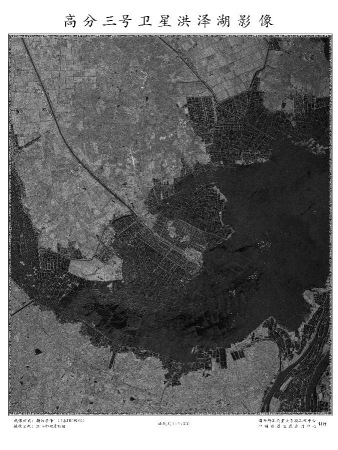New ‘carrier killer’ delivered to fleet
The People’s Liberation Army Navy on Sunday commissioned its fifth Type 052D guided missile destroyer to the North Sea Fleet.
![Rear Admiral Zhang Wendan, commander of the North Sea Fleet, views the guard of honor on the CNS Xining in Qingdao, Shandong province, on Sunday. [Photo/China Daily] Rear Admiral Zhang Wendan, commander of the North Sea Fleet, views the guard of honor on the CNS Xining in Qingdao, Shandong province, on Sunday. [Photo/China Daily]](http://images.china.cn/attachement/jpg/site1007/20170124/f44d307d90cc19f0fb9012.jpg) |
|
Rear Admiral Zhang Wendan, commander of the North Sea Fleet, views the guard of honor on the CNS Xining in Qingdao, Shandong province, on Sunday. [Photo/China Daily] |
The PLA Navy said in a news release on Monday that the CNS Xining, which has a hull number of 117, was delivered to a destroyer flotilla of the North Sea Fleet at a naval base in Qingdao, Shandong province.
The fleet’s new commander, Rear Admiral Zhang Wendan, who was deputy chief of staff of the PLA Southern Theater Command, conferred the flag to Captain Zhou Minghui, commander of the Xining.
The news release said that the Xining has a stealth design and can act as a flagship for a strike group. It is capable of conducting anti-ship, anti-submarine and air defense operations, it said.
The Type 052D class is deemed by military experts to be the mightiest destroyer and the most capable fleet escort deployed by the PLA Navy. With a large load of anti-ship and land attack cruise missiles, it has been described by some Western observers as a “carrier killer”.
According to military sources, a Type 052D destroyer has a full displacement of nearly 7,000 metric tons and a wide range of weapons, including a single-barrel 130-mm naval gun and a close-in weapon system as well as a total of 64 HHQ-9 long-range anti-aircraft missiles and YJ-18 or YJ-83 anti-ship cruise missiles. Adopting a host of cutting-edge technologies, the vessel features a low radar signature, a high information level and a state-of-the-art phased array radar.
The first Type 052D destroyer, the Kunming, joined the PLA Navy in March 2014. The second, the Changsha, started active service in August 2015. The third, the Hefei, was delivered to the Navy in December 2015 while the fourth, the Yinchuan, was commissioned in July last year. All of them belong to the South Sea Fleet. The Xining is the first such vessel to serve with the North Sea Fleet.
A Navy officer told China Daily on condition of anonymity that compared with other Chinese warships he has served with, the Type 052D class features better performance in terms of target detection, air defense, strike precision and joint operations.
![University graduates attend a job fair in Shanghai early this month.[Photo/Xinhua] University graduates attend a job fair in Shanghai early this month.[Photo/Xinhua]](http://images.china.cn/attachement/jpg/site1007/20170124/f44d307d90cc19f0f5cb0c.jpg)

![Chinese police escorting Li Huabo (C), second of the list of China's '100 most wanted economic fugitives' after he arrived at Beijing Capital International Airport. May 9, 2015. [Photo / Xinhua] Chinese police escorting Li Huabo (C), second of the list of China's '100 most wanted economic fugitives' after he arrived at Beijing Capital International Airport. May 9, 2015. [Photo / Xinhua]](http://images.china.cn/attachement/jpg/site1007/20170123/f44d307d90cc19efdcad01.jpg)